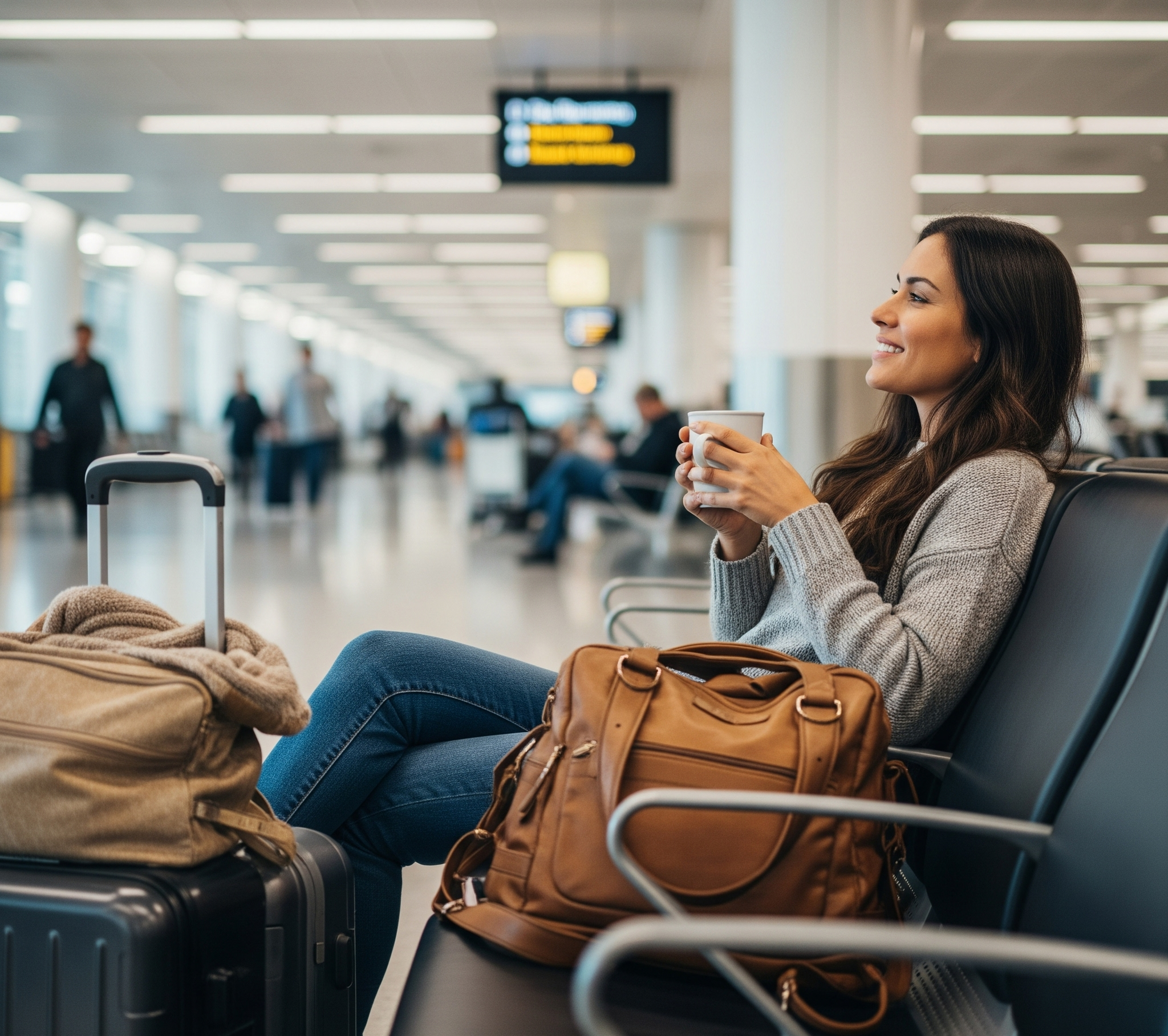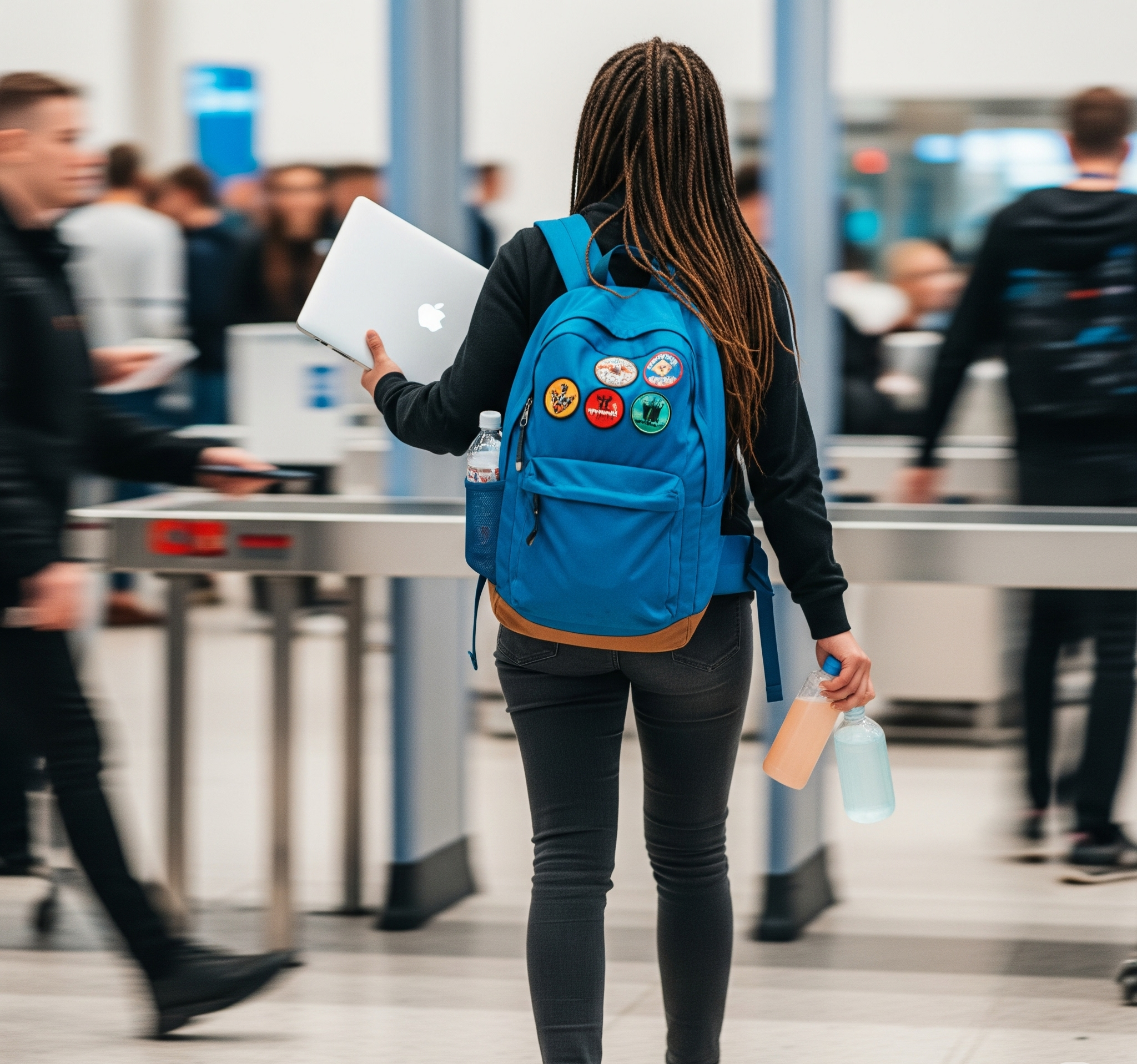A Real-World Guide to Stress-Free Travel
Travel should feel exciting—not overwhelming. With a little preparation, it can be. You don’t need to overthink it. Just stick to a few simple habits, and you’ll avoid most of the common headaches that ruin a trip before it even starts.
Here’s how to stay one step ahead—from packing your bag to getting through LAX like a pro.
1. Pack Smart, Not Heavy
Don’t overpack. You’ll regret it the moment you’re dragging a heavy suitcase through a crowded terminal.
Stick to the essentials. A carry-on is your best bet—it skips the baggage claim, avoids delays, and doesn’t get lost in transit. Write a packing list before you start. That list will keep you from bringing six pairs of shoes and no socks.
Choose clothes in neutral colors so you can mix and match. And here’s a packing trick that actually works: roll your clothes instead of folding them. It saves space, and they come out less wrinkled.
2. Keep Your Documents Backed Up
Your ID, passport, and travel info matter more than anything else. Make digital copies and store them on your phone and in the cloud. Print a couple copies too—just in case your phone dies or disappears.
Keep one set of paper copies in a separate bag. And while you’re at it, throw in hotel confirmations and visa info if needed. It’s not overkill. It’s just smart.
3. Give Yourself Time at the Airport
Especially at LAX. You’ve got traffic outside, long check-in lines inside, and TSA lines that stretch forever. Don’t cut it close.
For domestic flights, show up at least two hours early. If you’re flying international, give it three. That buffer gives you space to handle anything—bag check lines, gate changes, even an unexpected coffee stop.
4. Make Security Easier
TSA lines can be a mess, but you can speed things up for yourself. Wear slip-on shoes. Have your laptop out and ready. Empty your pockets before you even get in line.
Know the liquid rules: 3.4 ounces max, all packed in a quart-size clear bag. Keep that bag easy to reach so you’re not digging around at the front of the line.
5. Stay Hydrated, Stay Sharp
Airplanes suck the moisture out of you. That’s not an exaggeration—it’s dry up there.
Bring an empty water bottle and fill it up after security. Most airports have fountains or refill stations near the gates. It’s cheaper than buying bottled water, and you’ll feel way better when you land.
6. Bring a Power Bank
Don’t count on finding an open outlet. Bring a fully charged power bank and keep your devices ready. Your phone handles everything—boarding pass, directions, entertainment, communication. Keep it alive.
7. Learn a Few Local Words
Even a tiny bit of local language goes a long way. A simple “hello” or “thank you” shows effort and gets respect. You don’t need to speak fluently—just try.
People appreciate it, and it often leads to better service, warmer interactions, and less friction overall.
8. Notify Your Bank
Before you leave, tell your bank and credit card company where you’re going. It takes two minutes on the app.
If you don’t, your first purchase overseas might trigger a freeze. That’s not a surprise you want while trying to buy coffee or check into a hotel.
Also—carry a little local cash. You’ll need it for small vendors, taxis, or places that don’t take cards.
9. Download Offline Maps
Don’t assume you’ll have service. Wi-Fi drops, data gets expensive, and dead zones are everywhere.
Use Google Maps (or something similar) to download your destination’s area while you’re still on Wi-Fi. Then you’ll have access to directions, locations, and landmarks even without a signal.
10. Build in Some Wiggle Room
Your trip won’t go exactly as planned. And that’s fine.
Flights get delayed. Weather shifts. Museums close unexpectedly. Don’t let it throw you off. Keep your schedule flexible and have a few backup ideas ready. Sometimes the detours lead to the best parts of your trip.
Skip the stress and book with Flat Rate Car Service. Let us handle the drive so you can focus on the trip.
Reserve online: https://reservations.flatratelax.com/ Call or Text: 323.364.9994










